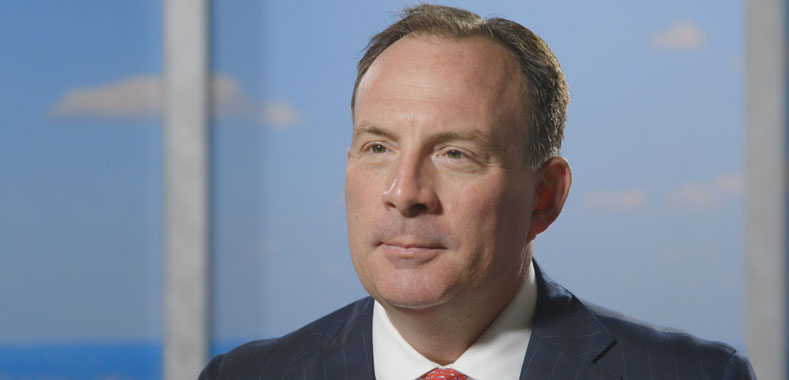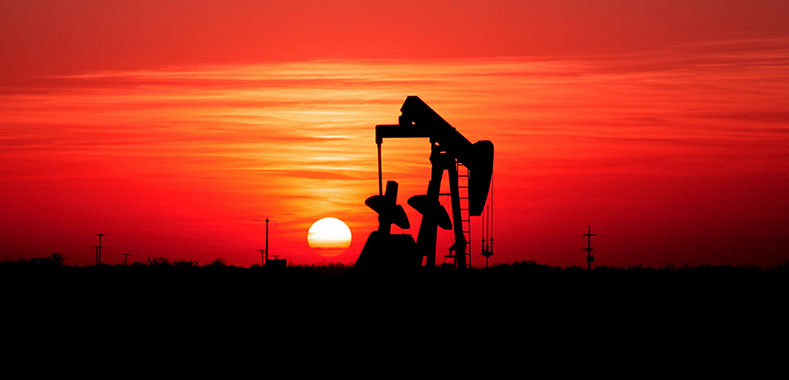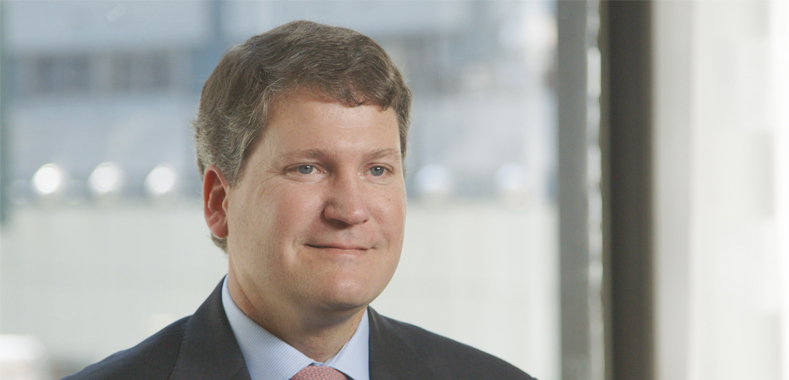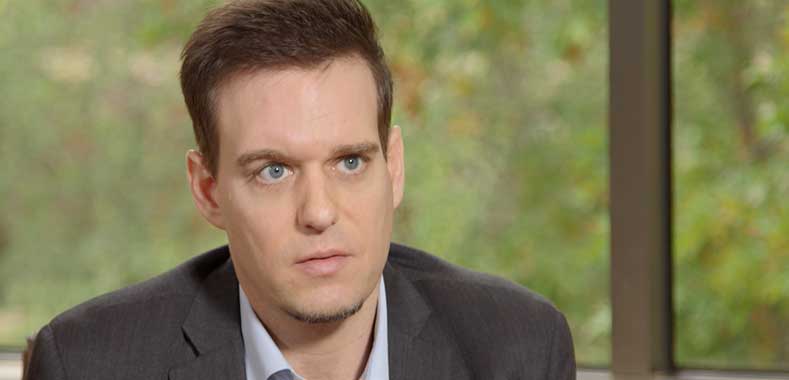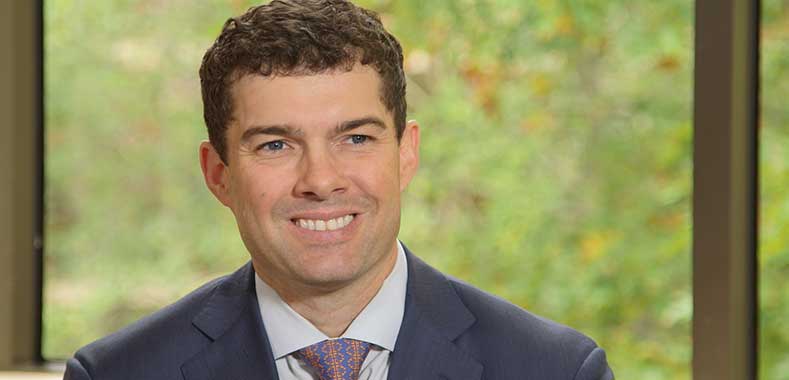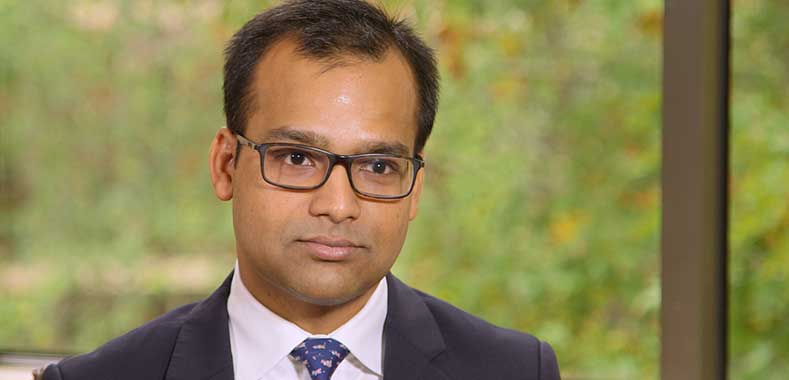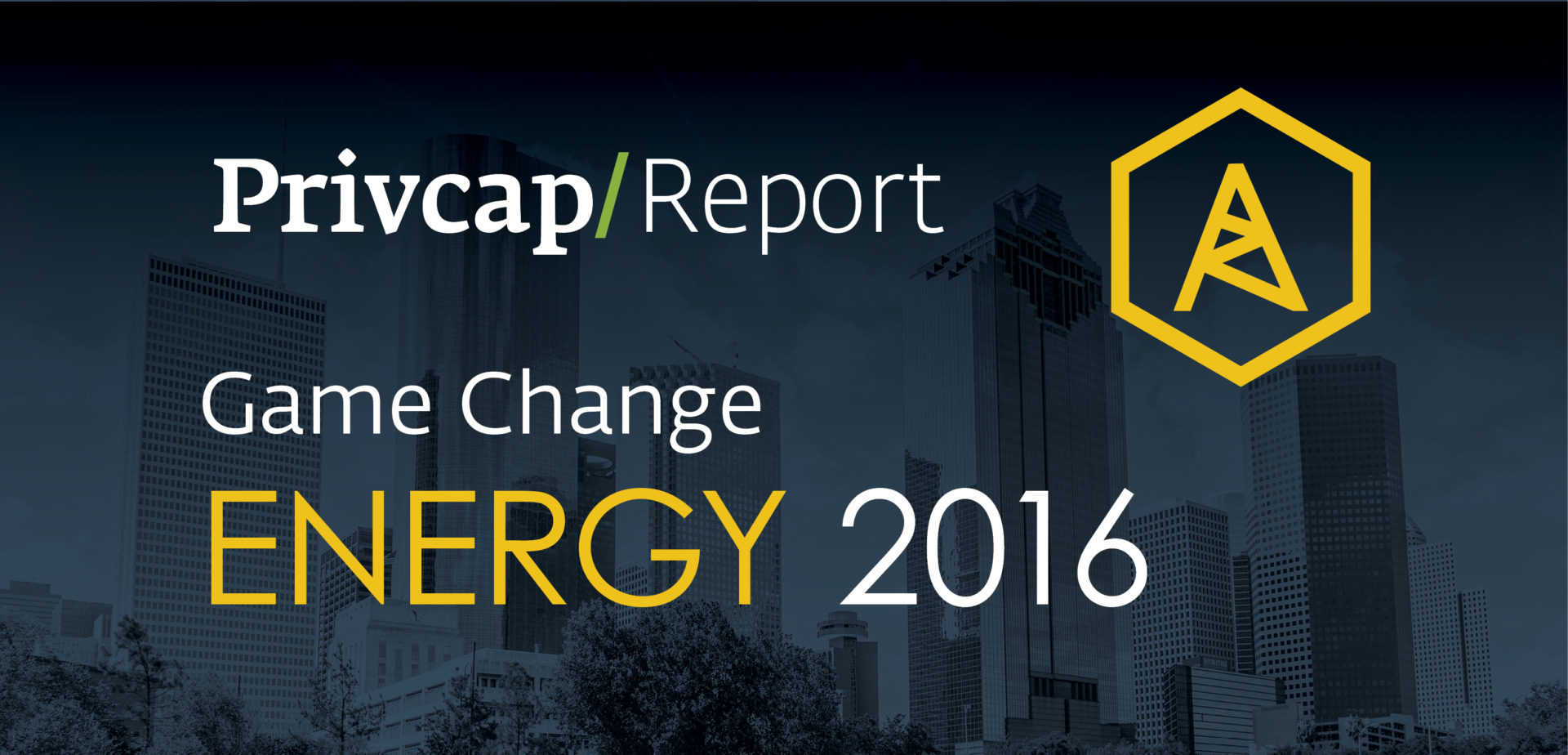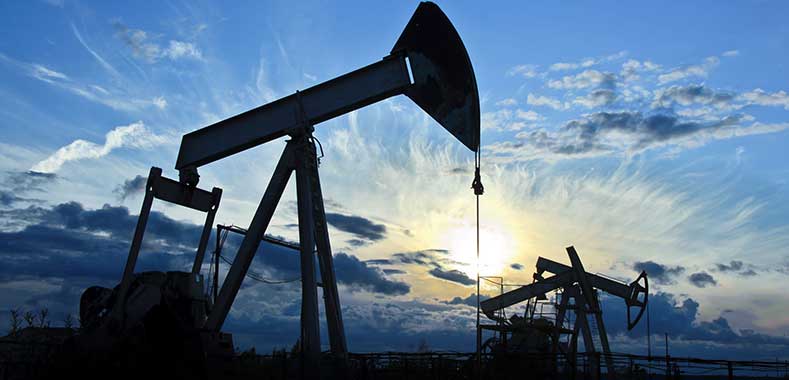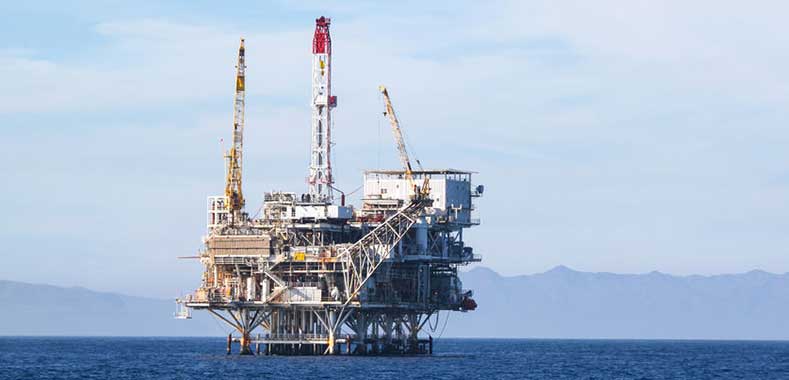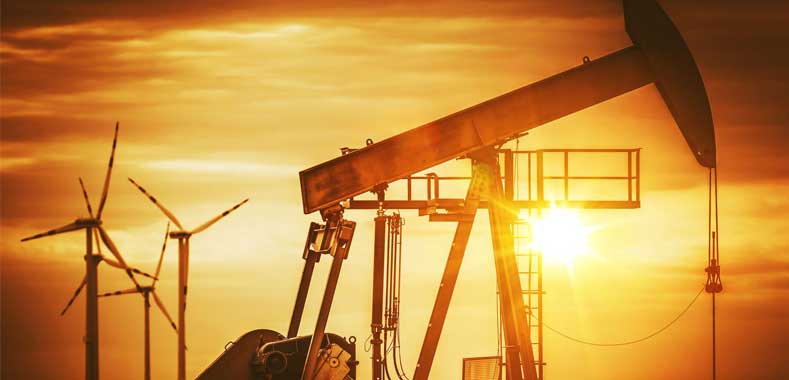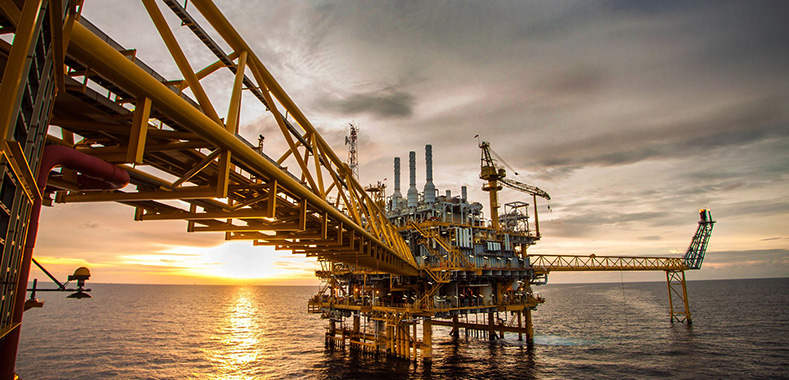Oil & Gas vs. Renewables: What’s the Better 10-Year Play?
Traditional and renewable energy investors debate which energy sectors and strategies have the best outlook
Privcap: If you had to pick one or the other—conventional oil and gas or renewables—over the next 10 years, where would you invest $100M?

Mark Bisso, Och-Ziff: The industry is much smarter. It’s much more efficient. The capital structures are much healthier, and the general view and approach on future development is going to be more constructive. If you look at the demand side of the equation, it is still very healthy and should continue to be healthy. I think we’re up about 1.3 million barrels per day this year.
Brian, what would be your argument for oil and gas as the winning 10-year bet?
Brian Crumley, Vortus Investments: It’s still a commodity business, so you have to be the low-cost producer. That’s what makes you the winner. And we like the risk-adjusted returns here in the U.S. where we’re focused.
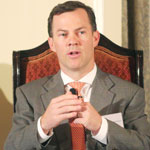
Team renewables, what do you think?
Michael Hoffman, Riverstone Holdings: We come with experience on both sides of the house. But we feel pretty strongly we’re at a tipping point for renewables. And let me separate renewables into two buckets. Ethanol biodiesel [is] not a good business; you need $80-plus oil. I don’t even need to discuss that. On the renewable power side, however, we are at a very different point than we were five years ago in our last fund. Five years ago, we needed tax benefits to make these things work. But as we sit here today, a gas plant, a wind farm, and a solar plant are inter-marginal, without tax benefits. We do not need a subsidy for renewables anymore.

David Scaysbrook, Quinbrook: It’s true that a lot of fortunes have been won and lost in oil and gas, particularly here in Texas—but it’s the lost part that we need to focus on. Oil and gas is really a story of volatility. It is true that you could be chasing 3x, 4x, 5x in a private equity oil and gas play, but you could lose your shirt as well. And fundamentally, institutional investors really need that money to be there.
The U.S. could become a major exporter of natural gas, especially to our neighbors to the north and south. Does that change the equation at all for the outlook for your investment strategies?
Hoffman: If the demand for gas [increases]—because we export to Mexico, Canada—LNG exports … will probably be a good investment. That’s only good for renewables because we’re already competitive.

Scaysbrook: This is where our worlds cross over. You can’t really be a long-term investor in renewable energy these days without fundamentally understanding gas. And the reason for that is, with the retirement of coal plants at an accelerated rate, and with zero-cost renewables from a fuel perspective like wind and solar pushing gas plants further out, it becomes the price-setting point. Gas becomes the method by which the clearing prices for power are set in most deregulated power markets increasingly around the world.
There is someone who describes himself as Republican in the White House and we have a Republican Congress. How does that change the game?
Bisso: There’s been a lot of talk on coal. I’m not sure it’s going to really have too much of an impact, but clearly regulations will be front and center. And one of the things that has made a lot of headlines over the last 12 to 18 months has been the existing administration’s hostility towards some pipeline projects. With the new administration, you’ll see a lot of those projects get done. On the drilling side, we have enough inventory right now. I think fracking would certainly be under the wire front and center. That will probably be put off the table, at least for the foreseeable future.
Hoffman: There’s been some hype that the new Trump administration is going to kill the renewable business. On the reality side, the clean power plant is probably dead on arrival. And that would affect renewables way out in the late 2020 timeframe anyways. Ninety percent of renewables are based on state mandates, which are only going up. Oregon’s [mandate is] up at 50 percent. California is at 50 percent. New York is at 50 percent. So you’re seeing the states who have nothing to do with the federal government in this regard, increasing the demand.
A distinguished panel of expert GPs, LPs and energy luminaries are presented with key facts about the state of energy investing, and discuss and debate the investment implications over the long term.





